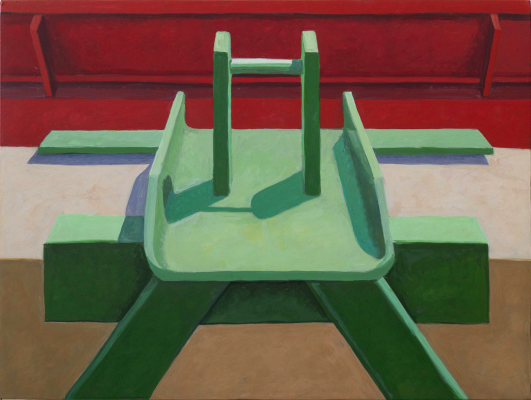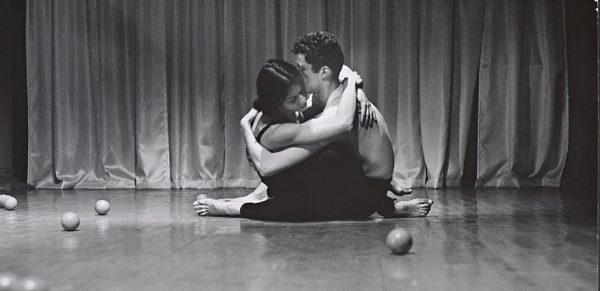The first story in The Dominant Animal, Kathryn Scanlan’s 2020 collection, is called ‘The First Whiffs of Spring’. It starts with a bus passing an old dairy, and covers some kind of journey: ‘Where was I going – it was something to do with a family. It may have been my family. When I arrived, there was a large frosted cake, boxes of wine, and a pyramid of sparkling plastic flutes.’ The scope of her stories varies – some might be about objects and others about families – but the scale is consistently granular, and the reader is invited to build a sense of the bigger picture from moments, places or trinkets. A recent story, ‘Meditation’, published in the 2022 issue of NOON, blooms from tea: ‘I pour the tea until it reaches the top of the cup and then I pour a little more up above the brim – I want one of those tight, trembling, difficult domes. I want more than my cup can hold.’
Scanlan’s first novel, Aug 9—Fog (2019), is based on a stranger’s diary, which she cut up and then reassembled from scraps. Her latest, Kick the Latch (2023), derives from interviews with a horse trainer named Sonia. Whether writing in the first or third person, voice is tightly controlled in her work, in service of the characters she inhabits. What’s consistently distinctive and hypnotic about Scanlan’s work is its texture; the stories feel like stones or shells, shapes that seem surprising when you’re in them, but inevitable once you reach the end – fractal, or crystalline.
We spoke over video call, on a morning in LA for her, and an evening for me in London, about a fondness for objects and animals, playing with form and structure, and a frustration with being asked to list and label things. She said she’d felt disappointed with her speaking self in the past, so was careful with what she decided to say, and how she chose to say it.




